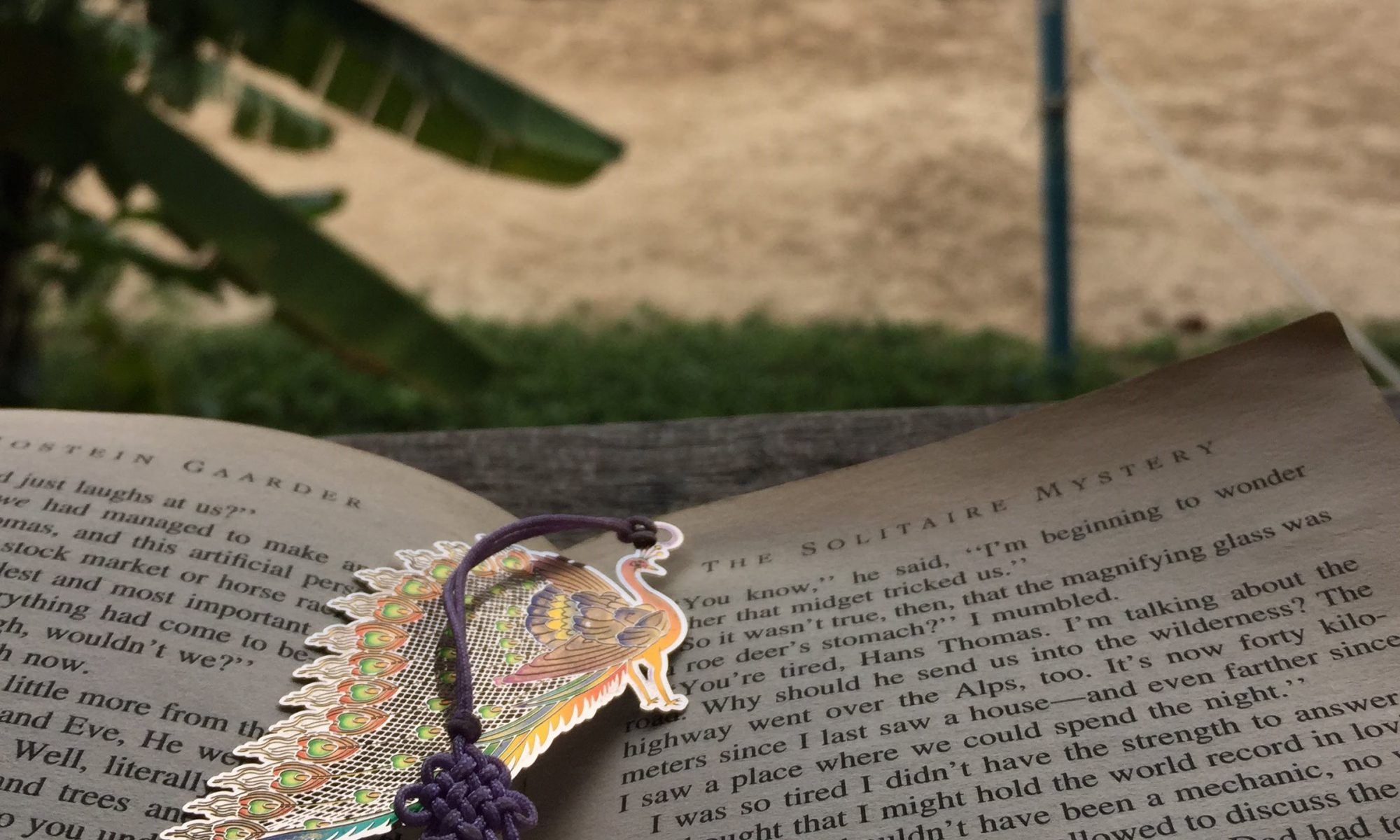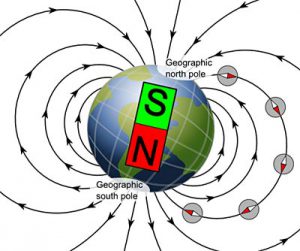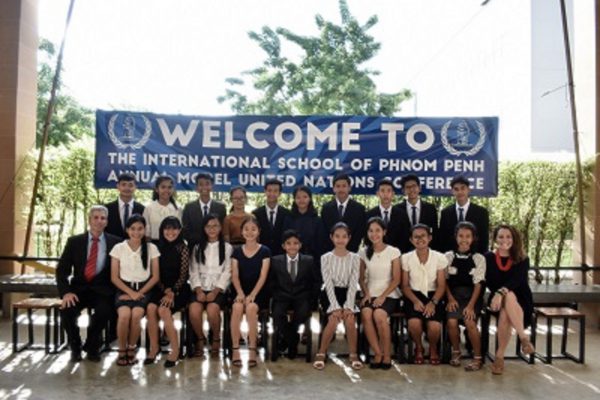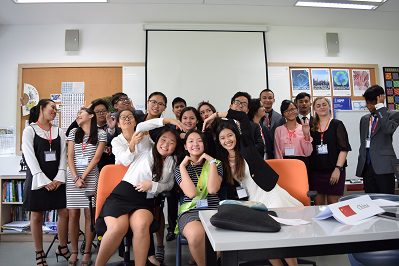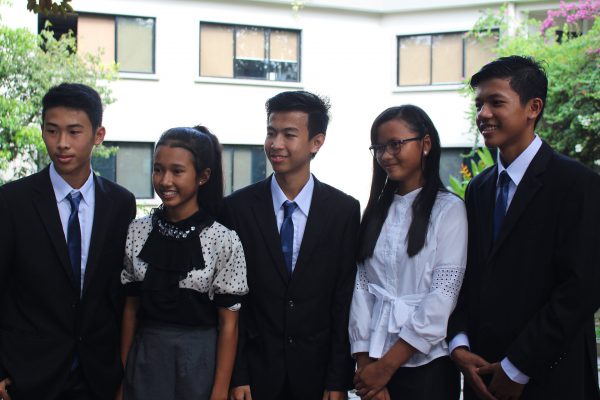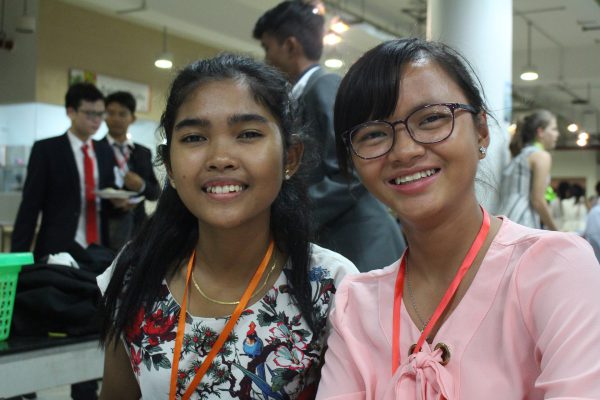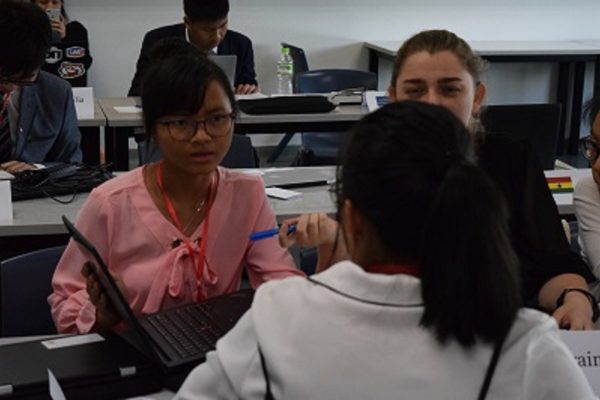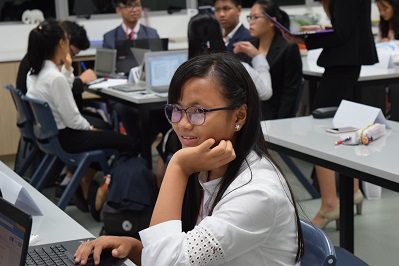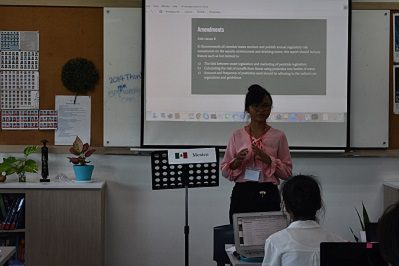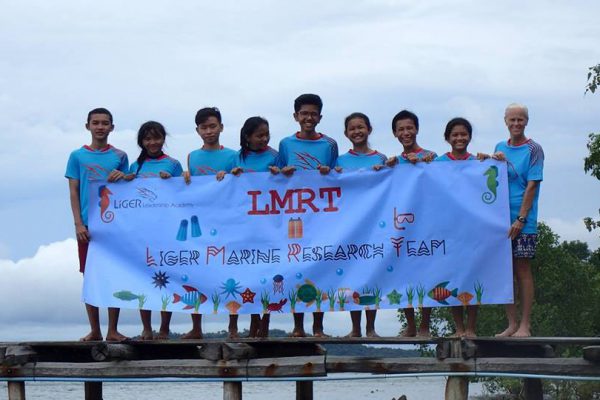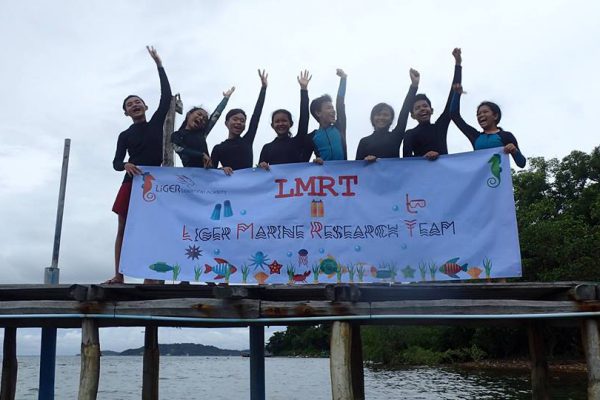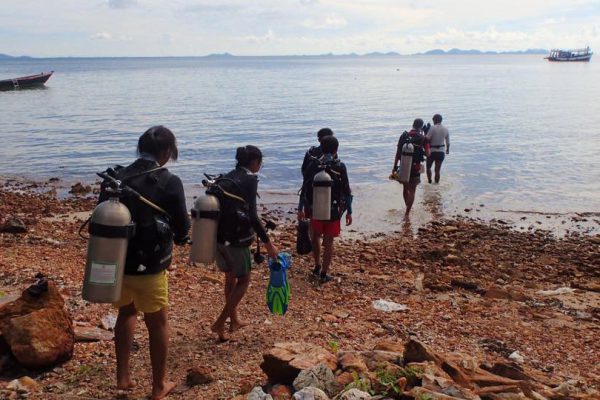Sophie’s World is written by Jostein Gaarder. He is famous for writing books about children’s perspective for young readers. However, Sophie’s World is suitable for different ages. In this book, Sophie turned fifteen during a course taught by a complete stranger to her, who then known to her as Alberto Knox. The book is subtitled as “A Novel About the History of Philosophy,” which Gaarder put together 2000 years of western philosophical thoughts into this thrilling book. Gaarder taught high school philosophers for 11 years, so he knows how to turn this very complicated subject into an understandable language for teenagers, which makes the book even more fascinating. This Norwegian author often wrote each chapter of Sophie’s World focusing on one philosopher with their philosophical projects. Those old philosophers include some famous ones, such as Socrates, Plato, and Aristotle.
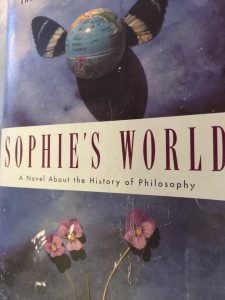
Socrates was a philosopher from Athens and is famous for his quote, “One thing only I know, and that is that I know nothing.” He is a very ambiguous philosopher because he never wrote a single line about his project, but he had a great influence on European thoughts. People know about his project through Plato’s writing. Plato wrote a lot of Dialogues and he made Socrates as his main character. We are not sure if the words were actually Socrates’s words. Socrates didn’t like to instruct people, instead, he discussed. He liked to listen and ask questions. He started conversations as if he knew nothing. Socrates believed that his conscience told him what’s right, “He who knows what good is will do good.” He was concerned with the universal definition of right and wrong. He conceived that the ability to think what’s right or wrong is in people’s reason and not in society. He also thought that doing the right things make us happy and when we do wrong things we don’t know that it’s wrong since no one would choose to be unhappy.
Plato was a student of Socrates. Plato concerned about the relationship between what is eternal and immutable in nature and society. He believed that everything tangible in nature can change. Those things are made of the materials that can be eroded over time, but they are made of the mold or form that is eternal and immutable. He called this idea. Plato believed that all tangible objects will eventually become a soap bubble because nothing that exists last forever. He has a point that we can’t have true knowledge of things that keep changing. We can only have opinions about. We can only have true knowledge with the things we can understand using our reasons. Everyone has the same reasons, but our senses vary between different people. For example, if we ask thirty people what color is the most beautiful, we’ll get many different answers. If we ask them what 8 times 5 is, they’ll give the same answer, hopefully, because that’s what the reason tells us. Plato found mathematics very interesting because it never changes. In short, Plato divided reality into two regions. One is the world of sense, which we only have incomplete knowledge with because it always changes. Two is the world of ideas, which we can have true knowledge by using our reasons and it is eternal and immutable.
Aristotle is a pupil at Plato’s Academy for almost twenty years. His father is a physician, and therefore he’s interested in nature study. Aristotle was obsessed with the change in nature, nowadays described as a natural process. This philosopher was very different from Plato. Plato used his reason and Aristotle used his senses. Plato wrote poetry and myths, and Aristotle wrote precise encyclopedia. Aristotle thought the opposite from Plato about the ideas. He thought that the idea or form came after the actual form. The idea came from people after seeing the actual thing. Aristotle decided that the reality is made of two things: substance and form. What things are made of is substance and form is the characteristic of each specific thing. He also thought that substance always has the potential to become form. For example, a chicken’s egg would potentially turn into a chicken, but it doesn’t mean that all chicken’s eggs will become chickens. Aristotle also concerned about nature’s scale, so he divided living things into two categories: plants and creatures. Creatures can then be divided into animals and humans. Those categories are distinguished by their characteristics. For instance, living creatures have the ability to perceive the world they’re living in.
Those are just three famous philosophers that were introduced in Sophie’s World. There are more philosophers with amazing projects that made people notice the reality of the world we’re living in.
